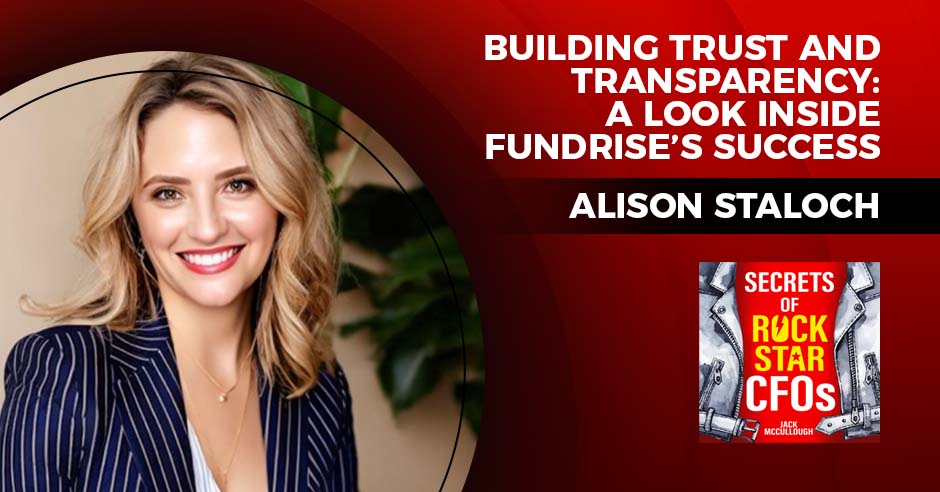The struggle to balance short-term goals and long-term strategic objectives is constant. Many companies come close but then get thrown off equilibrium by short-term financial setbacks, macroeconomic events and even changes in the C-suite.
In an interview with our Katie-Kuehner Hebert, Jorge Stevenson, the CFO of Yuvo Health and an adjunct professor at New York University, described how finance chiefs can help the organization achieve its short-term numbers while focusing on long-term objectives.
How does a CFO meet short-term financial goals and long-term value creation for sustainable growth without sacrificing either?
Long-term value creation hinges on short-term decisions. That’s why CFOs need a strategic mindset focused on driving growth while overseeing operational elements that could impact the business today.
CFOs should align with short-term goals like revenue or expense targets, cash flow management and expense control—many critical for company survival, especially for early-stage startups. However, while focusing on the short term, they must consider the risks to delivering long-term value. To do that, they must plan for scenarios like market changes, economic fluctuations and industry disruptions.
Long-term value is built on understanding and supporting the strategic vision, which is the only way to drive sustainable growth. It requires technology investments, market expansion, new products or channels and skills development. However, investment opportunities must be evaluated rigorously to ensure that capital is allocated efficiently and aligned with the strategy. Sometimes, that might require prioritizing growth initiatives even while trying to optimize costs.
What steps are you taking to address talent shortages and ensure the finance team has the necessary skills and expertise?
I’ve conducted a comprehensive skills gap analysis to identify strengths and weak spots—areas needing additional skills or expertise. That included evaluating the alignment of the existing skill set and the organization’s strategic objectives.
Based on the skills gap analysis, I drew up a talent development plan outlining specific training, skills development and recruitment initiatives. I also implemented a targeted recruitment and hiring strategy to attract candidates with the desired skills, expertise, and cultural fit. (If you don’t have the budget to hire full-time employees, consider part-time vendors or consultants.)
For my existing team, I try to create space and budget for professional development opportunities like training programs, certifications and workshops. We also foster a culture of diversity and inclusion to retain employees and attract a broad range of talent and perspectives.
Are there any approaches or initiatives you’ve attempted to fill the capability gaps in finance?
CFOs can facilitate knowledge-sharing sessions and collaborative projects to leverage team members’ expertise and promote continuous learning. Cross-functional projects help finance professionals develop leadership, communication and problem-solving skills.
High-potential employees should be identified and given opportunities for leadership training and mentoring. Exposing them to strategic initiatives is also important. All of this can foster a deeper understanding of the organization’s operations, challenges and opportunities.








